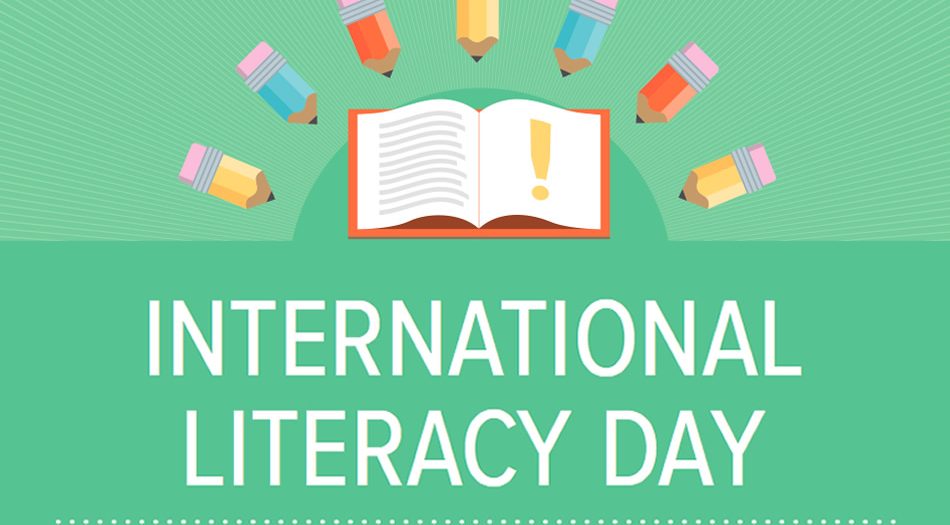By Robert (Bob) Craig, READ Center adult literacy tutor and PhD student in Education
According to the UNESCO web page, since 1967 International Literacy Day has been celebrated annually around the world “to remind the public of the importance of literacy as a matter of dignity and human rights, and to advance the literacy agenda towards a more literate and sustainable society.” As we approach this year’s International Literacy Day (8 September 2018), I would like to share some thoughts about adult literacy in America. These thoughts are influenced by my experiences serving as an adult literacy tutor for The READ Center, a community-based nonprofit adult literacy program in Richmond, VA.
There are approximately thirty-six million adults with low-literacy skills (reading at or below a third-grade level) in the United States. What this means is that approximately 1 in 6 adults in Richmond City lacks the literacy skills to read a newspaper, fill out a job application or help their children with homework. In Henrico County, it’s about 1 in 11 adults and in Chesterfield 1 in 12. Low literacy is intrinsically linked to poor health, low educational attainment, joblessness, poor housing and poverty. These statistics are even more troubling when you consider by 2020, 65 percent of all jobs will require training or education beyond high school. Equally important, low literacy costs the United States more than $225 billion each year in loss tax revenues due to unemployment and workforce non-productivity. Yet, despite these challenges, or because of them, I decided to become an adult literacy tutor. In doing so, I have acquired some unique insights about adult literacy students.
First and foremost, I learned that most adults who return to the classroom or tutoring sessions do so at a great personal cost. Many of the students I have come to know work 50-70 hours per week at two part-time jobs with little or no benefits. The income they earn barely covers their expenses or allows for long term savings. Consequently, when they give up working hours to attend class they assume a significant financial risk for themselves and their families. Secondly, most of the students have very compelling reasons why they did not finish high school. Privacy reasons prevent me from sharing details, but the hardships span the spectrum of social and economic issues to include: struggling with childhood poverty, lack of parent support, foster care situations, substance abuse challenges, childhood pregnancy obligations. Based upon my tutoring experiences, I believe these adults need and deserve a second chance to develop their literacy skills. Unfortunately, the requirements for adult literacy programs and trained tutors far exceeds the nation’s adult literacy program resources.
The largest group of service providers, i.e., government (federal, state) funded adult literacy programs, reach approximately 3 million adults annually. At best, local governments, community-based organizations, and volunteer literacy organizations can provide literacy programs to an additional 500,000 adults each year. This means that millions of adults in the United States are wait listed every year due to the shortfall in the availability of paid adult literacy instructors or volunteer tutors. This is another good reason why it is important to celebrate international literacy day annually. It serves as a reminder about the millions of adults who still struggle with literacy. It also serves as a reminder that each of us has the potential to attack this problem by supporting adult literacy programs like The READ Center in our community.


